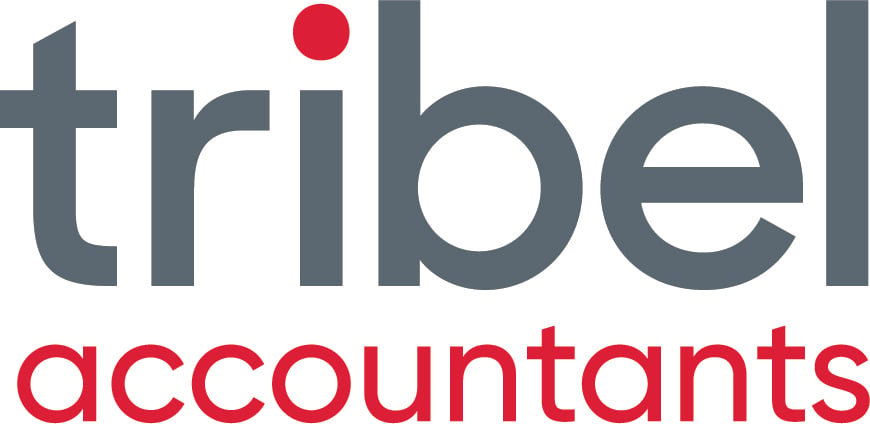INTRODUCTION:
Estate planning is so much more than just having a will in place. It's making sure that in the event of your passing that your acquired wealth passes to those the way that you wanted. The issue is, that sometimes people and their advisors have not properly thought through how their estate will be distributed as they assume that their estate is made up of all their assets when the reality is that in many cases there are more assets outside of the estate that will not be dealt with by the will.
When it comes to estate planning, it's important that when updating your will that you fully appreciate the 4 asset silos and here they are.
Asset Type 1 - Automatic Transition
Some assets automatically change title on death. A good example of these are joint assets whether they be the family home or joint bank accounts. Let's say in an example John Smith has remarried and he and his second wife Jill share a bank account which is in both names. John has just sold a rental property that he owned for many years and the proceeds of $900,000 were placed in the account just before he died. On his death, in most cases the proceeds will go to his new wife Jill even though John assumed this would form part of his estate.

Asset Type #2 - Directed Assets
Directed assets are usually those that are directed from your superannuation account typically from an executed Binding Death Benefit Nomination. Under this nomination, the trustee will pay out the member proceeds in accordance with the nomination.
So in our example, John Smith nominated that his super member balance of $600,000 be split equally between his 2 children and Jill his second wife. Therefore, on his passing $200,000 will go to each of these in accordance with his wishes. At the time of updating his will, John did not remember that he had this nomination in place.
Asset Type #3 - Assets Not Under Ownership
Assets not under ownership can be those assets owned say by a family trust. These assets do not form part of the estate. John Smith in our example had a family trust with over $1,000,000 in shares. For asset protection purposes, he made the appointor his son Jimmy who ultimately controls who the trustee should be and how trust assets and income will be dealt with.
Asset Type #4 - Estate Assets
Finally, other assets owned by the individual will form part of the estate and be distributed in accordance with the will. John decided that in the event of his death, his home (in his name only) which is worth $800,000 should be left to Jill and any of his other assets ($500,000) should be left equally to his 2 children.
Wishes Versus Reality
In John's mind he believes that of the $3,800,000, Jill will get the house worth $800,000 and the other 2 children will end up with $1,500,000 each.
The reality is that Jill gets the bank account of $900,000, super of $200,000 and the house of $800,000 being a total of $1,900,000 and his son ends up with the trust worth $1,000,000 plus super of $200,000 plus $250,000 meaning his daughter ends up with just $450,000 - a totally different outcome to what he would have wanted!
The children aren't happy and will now have to fight Jill in court to get what they think should be theirs. Jill decides that the estate has been dealt with properly and is sticking to her guns. This battle could end up being very costly in legal terms and the estate value is reduced.
CONCLUSION:
Do you know your 4 silos and what happens to them if you pass away? Will the end result be what you expected and will it be fair and reasonable? If your accountant has not explained this to you yet, you need to find out and make appropriate changes to your will. Taxation should also be considered.
Otherwise the result could be disastrous.


.png?width=100&height=100&name=COVID_Safe_Badge_Digital%20(002).png)




